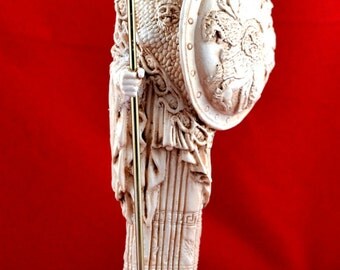

This is the book's fatal flaw - the scientific method here has been flirted with, then abandoned. For example, her claim that "Whirls and four-corner designs are symbols of becoming and the turnings of cyclical time." OK.says who? Says you? Give me some documentation.

This theme is repeated at several locations over the course of thousands of years.īut at a certain point, Gimbutas' theoretical notions become questionable at best. An obvious example of the neolithic understanding of these themes comes in the form of a burial of an older community member in a fetal position within a womb-shaped tomb. The universally-awe-inspiring notions of life, death, and rebirth seem to have inspired much of this art.

One can even accept that several of the themes represented were common across large geographical areas and over long periods of human history. Gimbutas provides a taxonomy of these neolithic (and some paleolithic and some bronze age) patterns and representations based on her idea that there was once a Mother Goddess cult that spread from Anatolia into Eastern Europe between the 8th and 3rd centuries, BC.Īs a catalog of neolithic imagery, the book is commendable. The plethora of images showing carvings and etchings on neolithic pottery and statuary, for the most part, is astounding and worth the price of the book alone. Gimbutas' seminal (I use the word ironically) work is a beautiful, yet flawed, artifact.


 0 kommentar(er)
0 kommentar(er)
